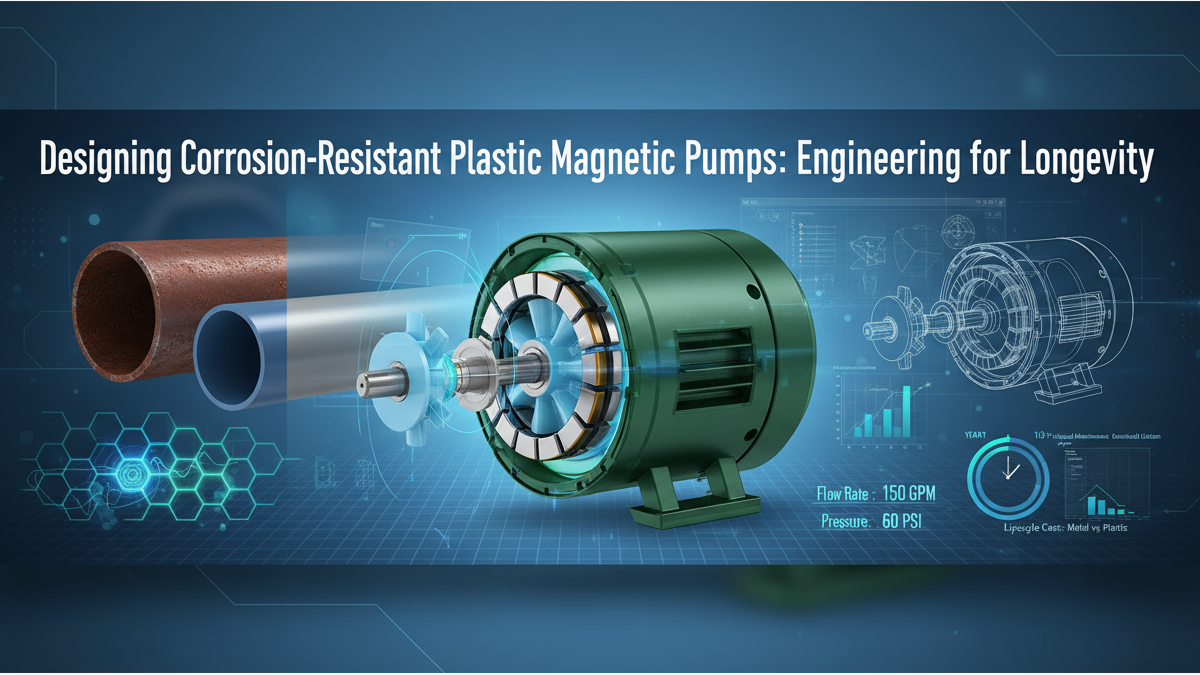In recent years, Sustainable Development Goals (SDRs), Corporate Social Responsibility (CSR), and Environmental, Social, and Governance (ESG) are terms that have become more and more frequently heard among international companies and listed OTC companies. Their evaluation scores have become increasingly important to supply chains and consumers, and have become indicators for corporate evaluation and financial planning. In addition to manufacturing regulations, companies are paying more attention to corporate governance information and CSR reports. Whether in the service industry, catering and food industry, financial industry, real estate construction industry, hospitals and government agencies, colleges and universities, or global SMEs, companies have stepped up to contribute to "sustainable development".
There are three common terms that should be understood that concern the sustainable development of enterprises. They are similar to each other, but actually have very different interpretations in terms of definitions.
SDGs: Sustainable Development Goals
In order to promote global human rights, reduce poverty, and improve social responsibility for climate and environmental protection, production, and consumption, the United Nations formulated 17 core sustainable development goals 2015 These are referred to as the "2030 Sustainable Development Goals"
It is hoped that “all countries and their people around the world” will strive for these goals. These goals are often interconnected. For example, the core SDG goals mentioned in the Paris Climate Agreement are linked to actions and thinking of CSR and ESG. Therefore, in terms of coverage, SDG is the most extensive of the three. Under the 17 core goals are 169 sub-targets. The general content of the goals includes:
No poverty, zero hunger, good health and well-being, quality education, gender equality, clean water and sanitation, affordable and clean energy, decent work opportunities and economic growth, sustainable industry, improved innovation and infrastructure, reduced inequality, sustainable cities and communities, responsible consumption and production, climate control, protection of marine and land ecology, peace, justice, strong institutions, and strong partnerships to achieve these goals.
CSR: Corporate Social Responsibility
As the name CSR implies, an enterprises focus should not only on the pursuit of monetary interests, but also, it should pursue productive relationships with stakeholders such as supply chains manufacturers, shareholders, labor and employees etc., and generally show a concern for the environment and overall economy as well. A company will take responsibility to promote positive growth in society, and mainly focus on their individual "enterprise" as compared to the "global" goals of SDGs.
Another CSR interpretation is "Corporate Sustainability Reports", referring to the realization of the rights and interests of the company's stakeholders, and providing open and accurate information to these stakeholders. This can take the form of electronic files stating CSR policy statements, or annual reports etc., given to stakeholders or posted on a website.
ESG: Environmental, Social, and Governance
ESG corporate sustainability covers three aspects: "E-Environment," "S-Social," and "G-Governance." ESG refers to actions a company takes to fulfill these social responsibilities. While CSR goals is a broad concept, ESG focuses on the specific actions that can implemented to realize these goals.
- "E-Environment":
An enterprise’s efforts to protect ecology and the environment, such as: treating waste water and gas emissions, reducing energy consumption, etc. For example, a company can stipulates that faucets and lights should be turned off at all times when not in use, garbage should be properly recycled, scrap paper should be reused, workers can bring their own tableware to reduce single-use tableware, etc.
- "S-Social":
Social refers to the policies a company follows to support human rights, maintain good community relations, provide adequate and fair employees’ wages and benefits, and provide responsible customer protection.
- "G-Corporate Governance":
Corporate Governance addresses the management and operation of the company by the board of directors and company decision makers. This will include external and internal risk management, maintenance of stakeholder relationships, assuring the rights and interests of supply chain manufacturers, and the safety of laborers and the working environment, etc.
ESG performance is no longer just an assessment of a company's contribution to society, it is used as an investment indicator for investors to check whether a company can operate in the long term. ESG not only addresses the responsibility of a company to participate in society, but also a includes a checklist for investors, shareholders and the financial industry. The United Nations published "Who Cares Wins" in 2004, proposing: "ESG scores can show a company's performance and indicate its potential for sustainability as well as financial performance. A company with a higher ESG score can gain the trust of investors, and maintain long term credibility.
Social issues such as environmental protection, wastewater treatment, energy conservation, etc., are important, and ESG management pays close attention to what it "takes from the society” as well as what it “contributes to society." A company with transparent and clear financials, and a low-risk and stable operation strategy can gain the support of public and investors, and will have a better chance to maintain long term and successful operations.










.png)



